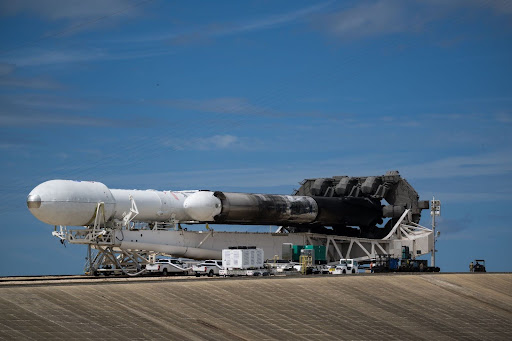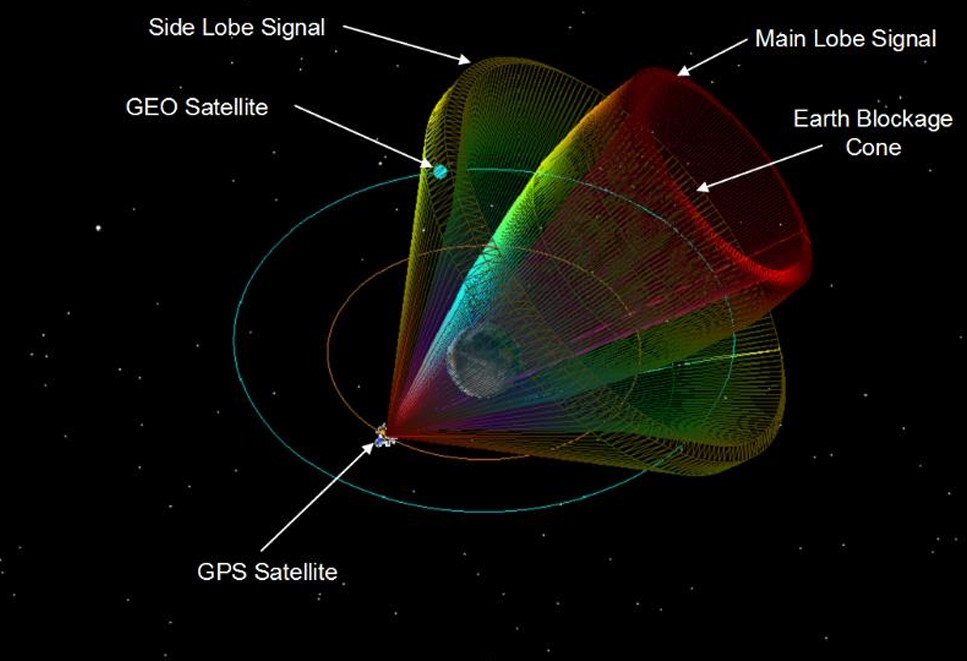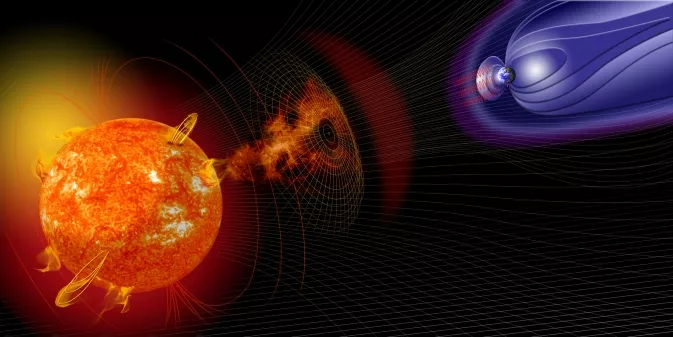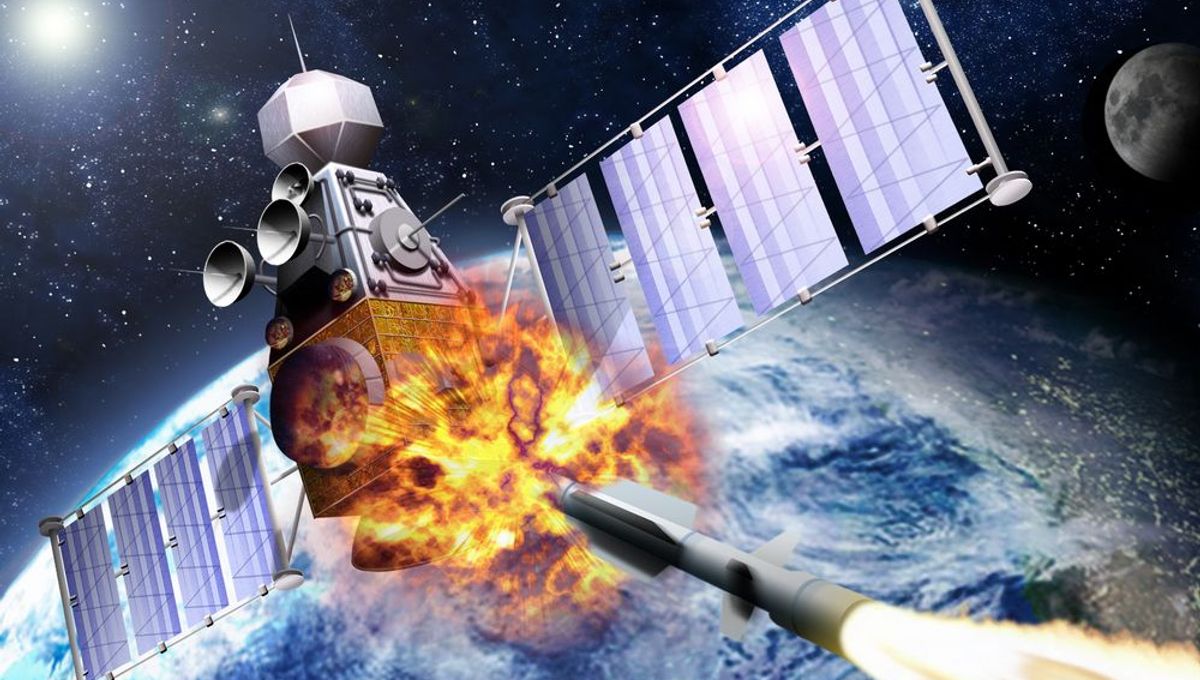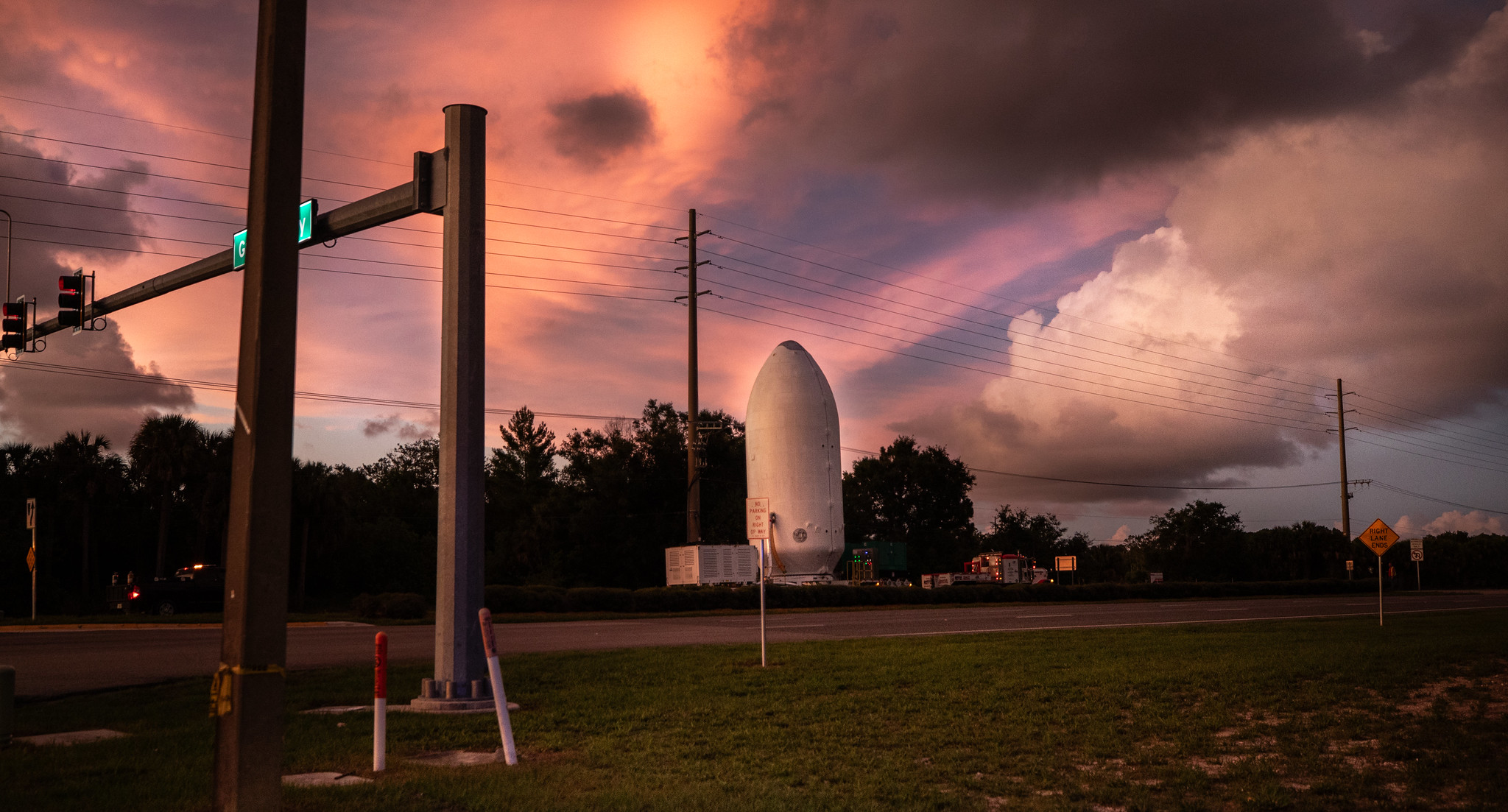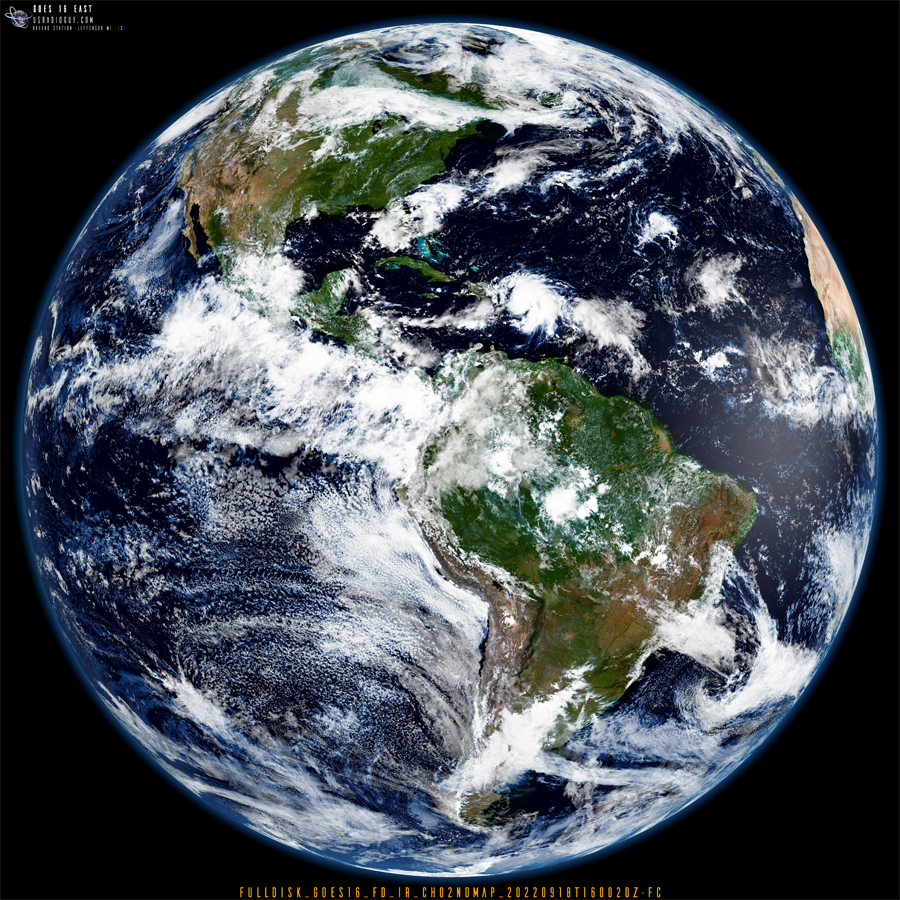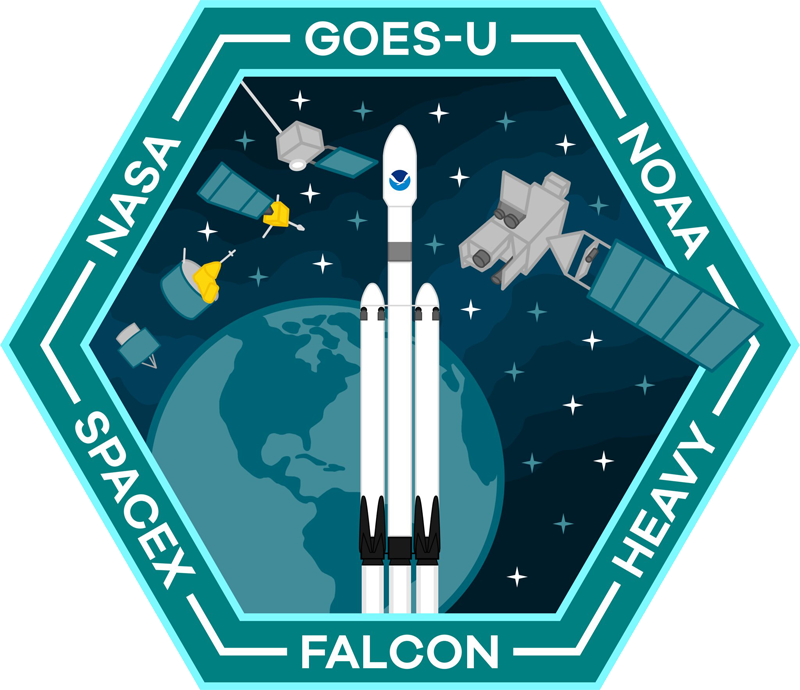![]()
Swap of GOES-16 and GOES-U/19 GOES-U Launched on June 25, 2024, NOAA has created a Transition to Operations (T2O) plan that they will follow along with NASA, and private sector partners like Lockheed Martin, Space X, and L3 Harris. The T20 is provisional based upon a timely and successful launch. Key Points and dates for … Delve Deeper “GOES-East Transition Plan” »

